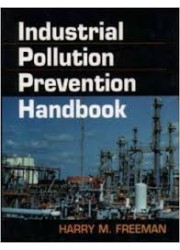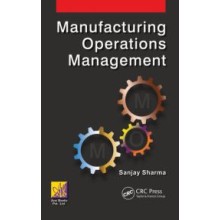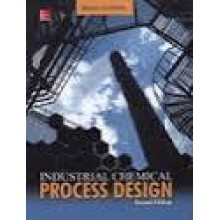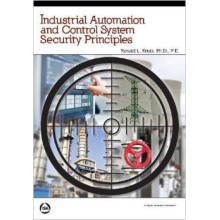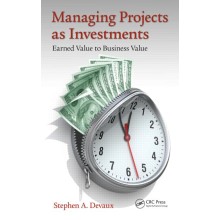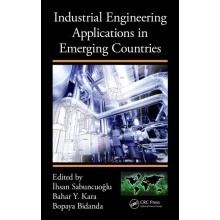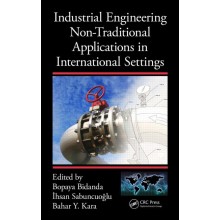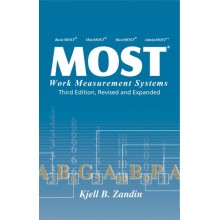Industrial Pollution Prevention Handbook
Our Price: Rs.9700.00
Discount : 30%
Quantity:
-
Add to Compare
Don't Clean Up Pollutants--Prevent Them!
Why conduct expensive clean ups when you can drasticaly reduce pollutants by improving management, boosting efficiency, eliminating toxins from your production process, or modifying product design. Author Harry Freeman of the EPA's Risk Reduction Engineering Lab, gives you a step-by-step pollution prevention (P2) program in this guide, plus case histories that show how to implement it in 16 different industries.
You'll see how to: integrate P2 into your TQM program; conduct risk analysis to set P2 priorities; measure P2 progress; use Total Cost Assessment to prove the profitability of P2 programs and win management support; apply P2 to the electronics, chemical, petroleum, metal fabrication, textile, paper, pharmaceutical, auto, electroplating, and furniture industries; and much more.
Pollution Prevention: A New Agenda Overview of Pollution Prevention. Laws, Regulations and Government Incentives: P2 Elements in U.S. Environmental Laws. Expanding Pollution Prevention Framework: Roles for State and Local Governments. Voluntary Programs. State Facility Planning Requirements. Incentives and Barriers. Industrial P2 Programs: Designing and Implementation: Designing and Maintaining a P2 Program. P2 and Total Quality Management. Examples of Successful P2 Programs. Agile Manufacturing. P2 Implementation Techniques: Facility Prevention Planning. Descriptive Approach for P2 Assessment. Application of Risk Analysis for Setting Priorities. The Bottom Line: Profitability Analysis of P2 Investments Using Total Cost Analysis. Accounting Principles for P2. Measuring P2 Progress. Product Design for P2: P2 Principles of Design. Life Cycle Assessment. Product Labeling. Process Design for P2: Process Development and Synthesis. Reaction Engineering. Separation Technologies. Pollution Prevention Through Process Control. Process Simulation. P2 Through Chemistry. Mixing as a Pollution Prevention Tool. Generic Pollution Prevention: Process Equipment for Cleaning and Degreasing. P2 in Coating Application and Removal. P2 in Office Operations. P2 in Laboratory Operations. Solvent Substitutes. Maintenance Operations and Pollution Prevention. Quantitative Methods of Determining Cleanliness. Materials Management. Water Management Techniques for Pollution Prevention. Industry Specific Techniques: An Overview of Potential Environmental Impact from Industrial Activity. Biotechnology and P2: Industry and Opportunity. P2 in the Electronics Industry. Industrial Waste Recycling at an Automotive Component Manufacturing. Foundries. P2 in the Power Generation Industry. Metals Fabrication. P2 in the Chemical Industry. P2 in the Petroleum Refining Industry. P2 in Electroplating Industries. P2 Automotive Manufacturing. Wood Furniture Finishing. Encouraging P2 Through Publicly Owned Treatment Works. P2 in the Textiles Insdustry. P2 in the Pulp and Paper Industry. Pharmaceuticals. P2 Organizations and Information Resources Sources
Write a review
Your Name:Your Review: Note: HTML is not translated!
Rating: Bad Good
Enter the code in the box below:
Copyright © 2014 Engineering Standards Bureau. All Rights Reserved.
Developed By Zoom Into Web


